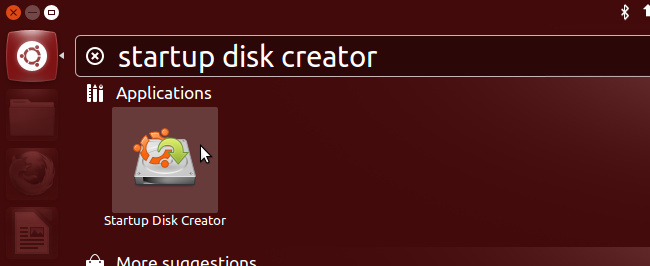Program Like Rufus For Mac
Rufus is a lightweight software for computers that enables users to create bootable USB drives. The computer program is Windows compatible, Open-source and is very easy and convenient in a way that many think that there won’t any other alternatives to it. How to use Rufus to create a bootable USB drive to install (almost) any OS. Jesus Vigo is a Network Administrator by day and owner of Mac Jesus, LLC, specializing in Mac and Windows.
After last week's article, ' Pro tip: How to create a bootable USB drive to install Windows on OS X,' I received feedback asking why anyone would install Windows on a Mac? This week's entry deals with creating UFDs that allow you to install many other operating systems with the help of a utility called Rufus. But before diving into that, I have a question of my own.
Why would you install any OS—besides OS X—on an Apple computer?
The answer to that is quite simply 'because you can.' Apple hardware is similar to its PC counterparts in many ways except one: PCs can't natively run OS X without any software hacks involved. Macs, on the other hand, have the ability to run Windows and countless Linux distributions alongside OS X or in place of it. Apple hardware supports these operating systems natively, making Macs a versatile choice for production equipment. Simply put, one machine can handle many different uses, as opposed to purchasing dedicated equipment for each supported OS type.
See: Don't just toss old flash drives, download our Media disposal policy (Tech Pro Research)
Rufus system requirements
Rufus For Linux
With that out of the way, let's look at the requirements for Rufus:

- Apple (or PC) running Windows XP or later (preferably Windows 7+)
- Rufus application
- ISO (supported operating systems)
- 8 GB USB flash drive (minimum recommended)
Create a bootable USB drive with Rufus
Now, let's create our first bootable UFD using Rufus, shall we? Follow these steps:
- Rufus requires an account with admin access in order to make the necessary changes to hardware. After authenticating, insert the USB flash drive and launch Rufus. It will detect the drive almost immediately. Since Rufus can handle various partition schemes and file structures, ensure that the correct settings are set that match the UFD you're going to build (Figure A).
Figure A - Click the optical drive button next to the Create a bootable disk using checkbox, and you'll be prompted to search for the ISO image to use (Figure B).
Figure B - When using ISO images, Rufus will automatically modify the settings to best match it. Once everything is set correctly, click the Start button to begin the process. You'll be prompted with a warning that all data on the UFD will be destroyed. Click OK to proceed with the creation process (Figure C).
Figure C - Depending on the ISO image size, the process may take several minutes to complete. For the log readout of each step in the process, click the Log button to open a side window and save the output details (Figure D).
Figure D - The longest part of the entire process is the file copy portion. This is typically the last step and varies depending on file size/number of files to copy (Figure E).
Figure E - When complete, double-check the external drive to verify the files were copied over (Figure F).
Figure F
Rufus Download
With the process completed, simply eject the UFD, insert it into the device you wish to install the OS on, and boot as you normally would. The days of carrying multiple CD/DVDs with you and dealing with lagging installs are drawing to a close with the ubiquitous use of USB drives—and the storage capacity can't be beat.
ZohoBooks The user interface makes it easy to send professional invoices to clients from day one, whether you’re on a desktop or iPhone. Pros: • Real-time account monitoring available on mobile • Multiple third-party apps included • Simple layout Cons: • No way to add a digital signature • Can’t create new business documents 4. Automated banking allows you to connect Zoho to your bank account for a real-time update on your transactions.  A great thing about it is that there is no binding contract and the user can cancel their subscription at any time.
A great thing about it is that there is no binding contract and the user can cancel their subscription at any time.
There are some links on the site for some helpful tutorials on creating certain types of UFDs, and there's multiple localization support for a variety of languages worldwide.
Rufus Alternative For Mac
Also see
Apple Weekly Newsletter
Disk Maker X
Whether you need iPhone and Mac tips or rundowns of enterprise-specific Apple news, we've got you covered. Delivered Tuesdays
Quite simply, CyberDuck is NOT FREE it is DONATION-WARE masquerading as such. If your favorite FTP client is not in the list, do let us know in the comments. Conclusion As I mentioned earlier, there are tons of FTP clients for Mac and this list is definitive not conclusive. If you don’t mind paying $4.99 for a software that has not been updated for the past 2 years, Flow is a good choice. What is the best ftp for mac.